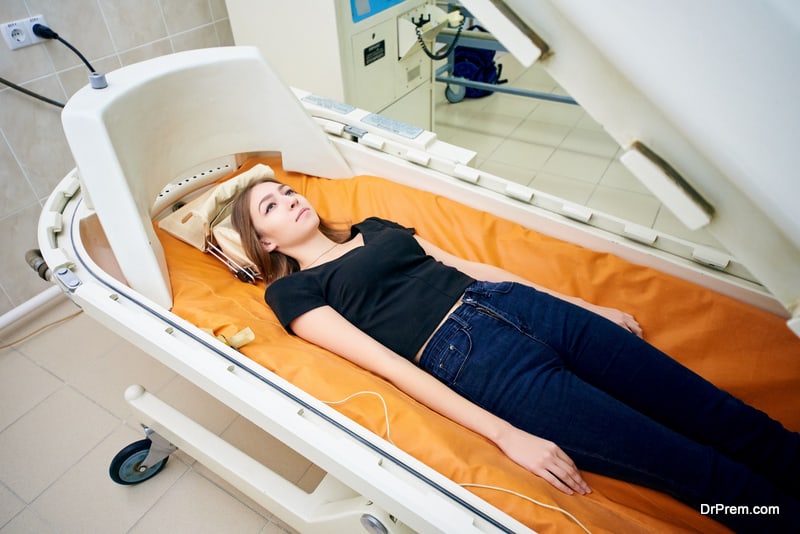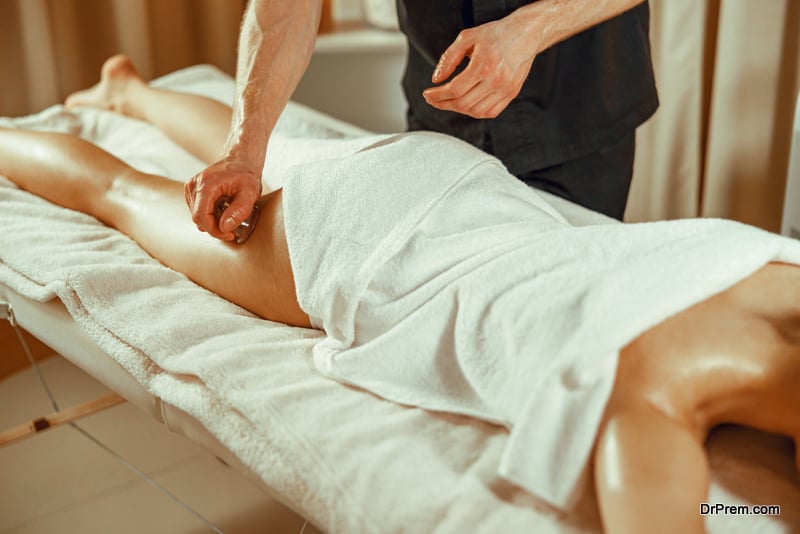Medical wellness is an evolving healthcare practice aimed at sustainable well-being. Medical care and wellness cannot work in silos but need to be integrated for enhanced well-being. Therefore, the future of medical tourism lies in medical wellness tourism.
Unprecedented global healthcare crises are pushing individuals to revisit the basics of health and well-being. Catastrophic healthcare expenditure push millions of people below the poverty line every year. Wellness practices are integrated more into conventional medical treatments to help consumers take charge of their health and well-being with a preventative approach.
Today’s consumers are well-informed. They are willing to be a few steps ahead to live a quality life free from chronic disorders or NCDs. In this guide, you will read about medical wellness and how it is evolving as the future of the medical tourism industry.
In this guide, you will read about medical wellness and how it is evolving as the future of the medical tourism industry.
A Guide to Medical Wellness by Dr. Prem – The Integrated and Holistic Approach to Sustainable Health And Wellbeing
-
What is the definition of medical wellness?
-
How did the medical wellness concept originate?
-
Why medical wellness is gaining importance?
-
What is the difference between classical medicine, wellness, and medical wellness?
-
What are the essential features of medical wellness?
-
How Does Medical Wellness Bridge the Gap Between Traditional Healthcare and Holistic Well-Being?
-
How integrated medical wellness tourism is evolving?
-
What are the best practices for medical wellness?
-
What are the benefits of integrated medical wellness tourism?
-
What are the challenges in integrated medical wellness?
-
Dr. Prem’s Expert Guidance on Navigating Medical Wellness Tourism
What is the definition of medical wellness?

The focus is on supporting and realizing a health and wellness-promoting lifestyle with proper utilization of individual resources, awareness, competence, and self-responsibility. Therapeutic measures need to be highly personalized to meet specific individual needs for holistic health and well-being.
How did medical wellness originate?
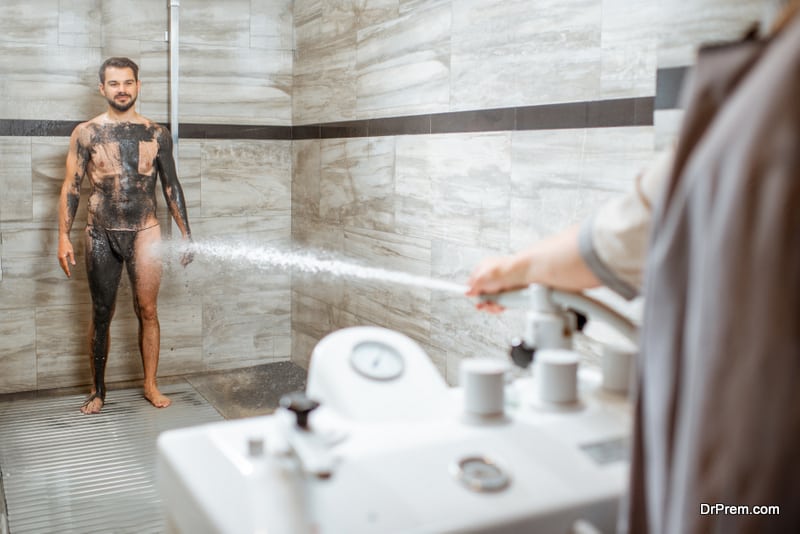
Gradually, this practice extended to health-promoting measures including preventative and natural healing methods with a precise analysis of individual risk factors than is possible as a routine practice for a general physician or a specialist. It stresses well-substantiated guidance of a holistic lifestyle for sustainable health and well-being.
This approach acts as a bridge between overall well-being, prevention, and medical assistance as and when required. Medical wellness makes individual pursuits of health and well-being more enjoyable and delightful through different modes and in different settings enabling healthcare consumers and patients to make a healthy choice.
For quite some time, integrative medicine and CAM (Complementary and Alternative Medicine)has been in use in globally reputed hospitals and clinics. This helped in better disease management helping patients cope with symptoms and suffering.
As cross-border medical and wellness tourism gained momentum, healthcare and wellness facilities and resorts found this medical wellness a very useful proposition to enhance consumers’ well-being with very personalized packages of remedy, recuperation, relaxation, and rejuvenation. Medical wellness is set to be the new pillar connecting both the medical and wellness markets.
Why medical wellness is gaining importance?
The dynamic global healthcare along with the changing demands and needs of consumers have created new opportunities for medical wellness to evolve.
Unbearable global healthcare burden

Non-communicable diseases like heart disease, stroke, cancer, diabetes, and lung disorders account for 70% of global deaths as reported by the WHO. Most of these diseases are preventable. Cardiovascular diseases account for most NCD-related deaths.
Despite remarkable advancements in medical treatments with cutting-edge technology, healthcare cost has shot up from 7% to 22% worldwide in a very short time span. Global healthcare costs could cross $10 trillion by 2022. More than half a billion people are pushed or further pushed to extreme levels of poverty due to increasing healthcare costs.
Global healthcare is staring at a massive resource crunch

Stress is challenging the sustainability of health and well-being

Short-term relief never equals the long-term well-being

A changing approach to health and well-being management
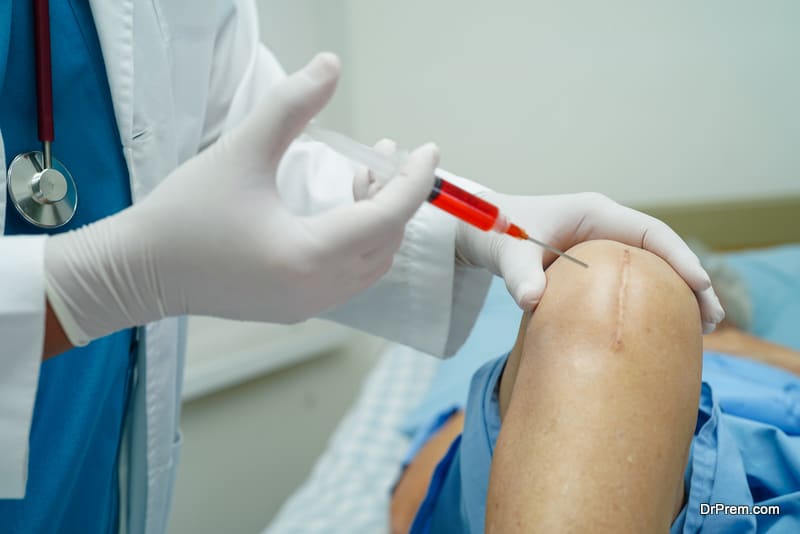
A renewed interest in health and wellness post-pandemic
Fitness apps grew by 50% worldwide during the pandemic according to a WEF study. 40% of the general population in a 2020 survey said wellness is their first priority. The pandemic crisis elevated consumers’ awareness of health and wellness to such a level that 68% of survey respondents said that they prioritized health more than before the pandemic.
People are more thoughtful about their weight management, immunity balancing, diabetes, and blood pressure management through effective wellness practices that are soft on pockets but ensure enhanced health and wellness.
More confidence and self-empowerment
Integrative medical wellness not only ensures better outcomes but also empowers patients in the self-management of chronic conditions. A patient on regular medication after major surgery or illness gains more confidence about their health condition through a disciplined wellness program. They will be in a better position to be in charge of their health and well-being with full control of their habits and activities.
A renewed belief in traditional wellness practices
Evidence-based traditional wellness has made a great comeback. The long-forgotten traditional medicine is gaining acceptance for effective management of chronic conditions as well as preventing them.
Medical wellness influences positivity

What is the difference between classical medicine, wellness, and medical wellness?
Classical medicine mainly deals with the curative aspect, that is curing the disease or reducing the symptoms. Medical wellness is intended to prevent and treat illness with a proper approach to behavioral medicine guided by appropriately qualified and skilled staff from the medical and wellness sector. Personal responsibility and actions always remain in the foreground.
Wellness, as we know, is the consistent and active effort of an individual towards their own health with a perfect balance of mind, body, and soul.
Conventional medical setups as in hospitals and clinics will have provisions for diagnosis, treatment, cure, and nursing as per established medical standards. Medical wellness setups will always need doctors and relevant experts and certified or licensed wellness therapists from different streams. You will find specialist doctors, internists as well as acupuncturists, yoga teachers, traditional medicine therapists, massage therapists, beauty therapists, and all. Wellness resorts and retreats offer varied guided and alternative mind-body programs and traditional therapies
are those applications that are natural and expert-prescribed with beneficial outcomes sans medical intervention.
What are the essential features of medical wellness?
Medical and wellness are increasingly getting interwoven. The objective is to provide a target-orientedsynergistic program with the optimized application of both medical and wellness modalities. The essential features of medical wellness comprise the following:
- Effective diagnostics and treatment plan with conventional medical treatments and wellness therapies
- Proper clinical wellness setting.
- Qualified, skilled, and experienced physicians, therapists, and assistants on board
- Highly personalized and target-oriented application
- Seamless experience with more pleasure elements
- Accurate program curation
- Continuum of care with proper follow-up.
- Licenses and approvals.
How Does Medical Wellness Bridge the Gap Between Traditional Healthcare and Holistic Well-Being?

For example, take chronic stress where conventional medicine might prescribe anti-anxiety and sleeping pills. In medical wellness, it incorporates stress-reduction techniques like mindfulness, yoga, and other physical exercises addressing the root cause and effects.
Similarly, for type 2 diabetes, medical wellness integrates exercise, dietary changes, and stress management beyond insulin and drugs. It aims at better healthcare management with lesser use of drugs. Medical wellness doesn’t only treat, but transforms your well-being blending science and self-care. Individuals are better empowered towards sustainable health and well-being.
How integrated medical wellness tourism is evolving?

When a medical tourist is seeking overseas treatments, they are looking to spend the recuperative phase meaningfully by engaging in activities that will support their well-being in the long run. They want to fly back healthier and happier.Similarly, in wellness resorts, a majority of guests are educated and big spenders who appreciate innovations.
Not necessarily, they are sick or illbut keen to elevate their well-being given the chance. A well-planned expert-guided evidence-based wellness program will not only address the current issues but ensure the sustainability of their futurehealth and well-being.
Therefore, it doesn’t come as a surprise when we find destination medical facilities offering wellness treatments under the same roof with redefined hospitality. On the same note, wellness tourists are willing to invest in medical interventions while putting up in a wellness resort either as a preventative measure or for better management of existing conditions.
Many medical facilities and wellness resorts in popular medical and wellness tourism destinations are either revamping their service platform or forging partnerships to offer a seamless medical wellness outcome incorporating elements of delight. New medical wellness properties fromreputed healthcare and hospitality brands are coming up across the world providing more traction to this emerging concept.
Medical wellness hotels are quite common in popular tourism destinations, especially in developed countries where rejuvenation and rehabilitation is the main objective. But this emerging trend with a broader scope of offerings is covering preventative, rejuvenating, curative, relaxing, and leisure aspects. Whatever may be the potential of integrated medical wellness, it demands careful deliberation and expert guidance to set up and run the system successfully.
What are the best practices for medical wellness?

Key considerations for medical wellness are as follows:
Feasibility:

Organizational structure:

Having the right experts:

Infrastructure management
Medical wellness service platforms are likely to run cutting-edge treatments and therapies with sophisticated equipment and devices. Some common services like Hyperbaric oxygen therapy, Cryotherapy, Hydrotherapy, Thermal Shower, and innovative aesthetic treatments need skilled personnel to operate and manage respective devices. Make sure to have them at your beck and call to run the entire system smoothly.
Strategic Partnerships

Many globally renowned wellness resorts in the world are benefitting from such strategic partnerships. It not only creates a seamless experience but also saves overhead costs. The entire supply-demand chain should be neatly planned so as not to disrupt the lovely experience that the customer is expecting.
Brand positioning
One of the biggest benefits of integrated medical wellness is that it will always attract a broader customer base. Individuals with varied health and well-being needs ( not necessarily ill or sick) will seek choicest services and packages to fulfill their specific needs. A dedicated sales and marketing team for specific customer segment(s) is vital to position as a medical wellness brand. This will help in targeted marketing and promotion and generate more leads and sales.
What are the benefits of integrated medical wellness tourism?
The major reasons why wellness tourists are opting for integrative medical care include considerably lower costs, personalized care, a range of alternative treatments, and the recent trend of traveling overseas to receive quality healthcare services. For many people opting for wellness trips, integrative medicine supports their viewpoint about life and wellbeing.
A majority of wellness tourists like the concept of personalized care and an integrative approach to maintain and improve health. Integrative medicine can help patients suffering from a wide range of health conditions, which include heart disease, cancer, pain, sleeping disorders, arthritis, asthma, obesity, chronic fatigue, and diabetes. Studies prove that integrative medicine can improve our immunity against diseases, decrease pain and reduce depression related to surgeries and ailments.
The high quality of care is not the only reason why people are opting for integrative medical tourism. The idea of promoting wellbeing from a personalized treatment and relaxing in an exotic location at the same time also appeals to the wellness tourists. Patients can recuperate on a beach, spend time shopping in luxury boutiques, or indulge in other relaxing activities like spa and wellness therapies to achieve a better state of health.
Integrative medicine refers to the usage of several suitable therapeutic approaches, healthcare professionals, and disciplines. In simple terms, it means that many professionals, including a physician, nutritionist, massage therapist and an acupuncturist, may be working in tandem to provide complete care to a single patient.
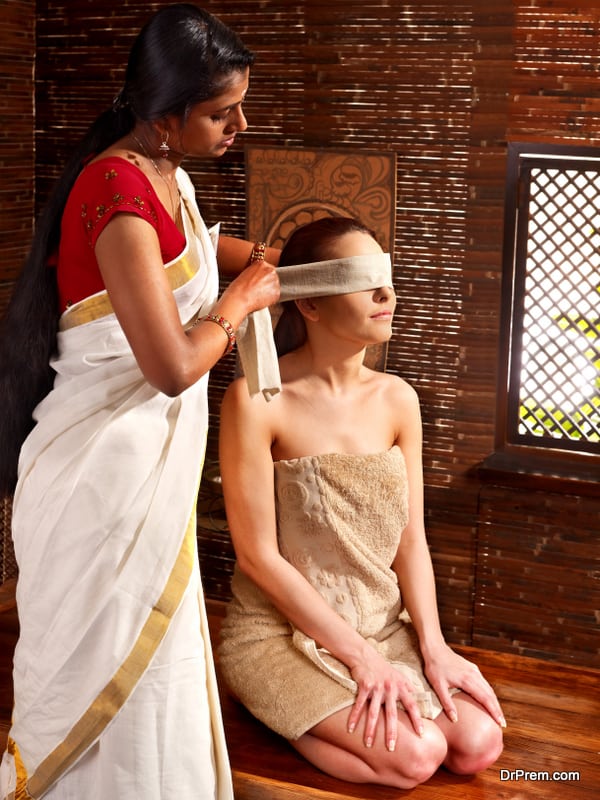
In integrative medical care, the practitioners or the physicians take note of all the things that can potentially influence a person’s health. After this, the physician creates a treatment plan and monitors all the CAM therapies involved in the treatment. Integrative medicine offers accurate diagnosis, which helps the physician or practitioner implement the right course of treatment. Moreover, by integrating alternative treatments, the integrative approach can also reduce the amount of prescription medications.
If you are considering integrative medical care options overseas, it is important for you to investigate the quality of the treating doctors, CAM practitioners and the services you can expect from the treating facility. As a wellness tourist, you should always take your time in choosing the right medical facility that maintains the high standards of patient care and safety. When choosing a healthcare facility overseas, you must take into consideration the outcomes and the success to make an informed and intelligent decision.
What are the challenges in integrated medical wellness?
There are certain methodological challenges with research in integrative medicine. The major challenges arise due to the dissimilarity in various CAM products and practices used alongside conventional medicine for integrative medicine. Moreover, the way the human body responds to different treatments is also an area of concern for research in integrative medicine.
As a result, the existing medical trial models do not prove highly effective for the research in CAM and integrative medicine. A range of factors like complex treatments and lack of standardization of CAM therapies make the clinical investigation of CAM difficult.
The dearth of research funds and challenges of applying conventional research methods to study CAM practices are the key reasons why there has been little research on CAM therapies to date. While the CAM therapies have been around for centuries, not much funds and efforts has been spent to conduct good medical research for the effectiveness of complementary and alternative medicine
Lack of information:
While there is a lot of information available on medical tourism such as the best destinations, accreditation of healthcare facilities, treatment costs, and the regulating authorities, there is no such information publicly available to tourists who are seeking CAM therapies as part of their treatment overseas.
Lack of expertise:
Many healthcare facilities, are employing CAM therapies along with conventional medicine to provide wholesome care to patients. However, one of the major challenges in CAM and IM is the lack of expertise. In conventional medicine, patients can choose a physician or a surgeon based on his or her qualifications, certifications and experience in order to receive the best possible treatment.
There are established regulating authorities that govern the medical practitioners. However, there are many concerns with the regulations, licensing and certification of CAM practitioners. Different states and organizations have different set of rules to regulate a particular type of CAM practice, and there is no strict and standard system for credentialing CAM practitioners.
Inefficient operation
Since medical wellness is an evolving practice, not all are well-versed in infrastructural and organizational requirements for the efficient running of the system. Mismanagement happens and ruins the patient experience. It is always recommended to get guidance from reputed medical wellness consultants. They have a bird’s eye view of the entire functioning and will prevent you from running into problems and save your valuable resources.
Insurance:
Most insurance providers do not cover CAM therapies used in integrative medical care, which leave patients with no other option but to pay from their own pockets.
Dr. Prem’s Expert Guidance on Navigating Medical Wellness Tourism

Conclusion:
Newer approaches to health and wellness that ensure better outcomes have found greater acceptability. The evolving medical wellness originating from a region is showing faster acceptance as the global population strives to carve its way to well-being holistically. Individuals in their own capacities will go any length to ensure good health.











